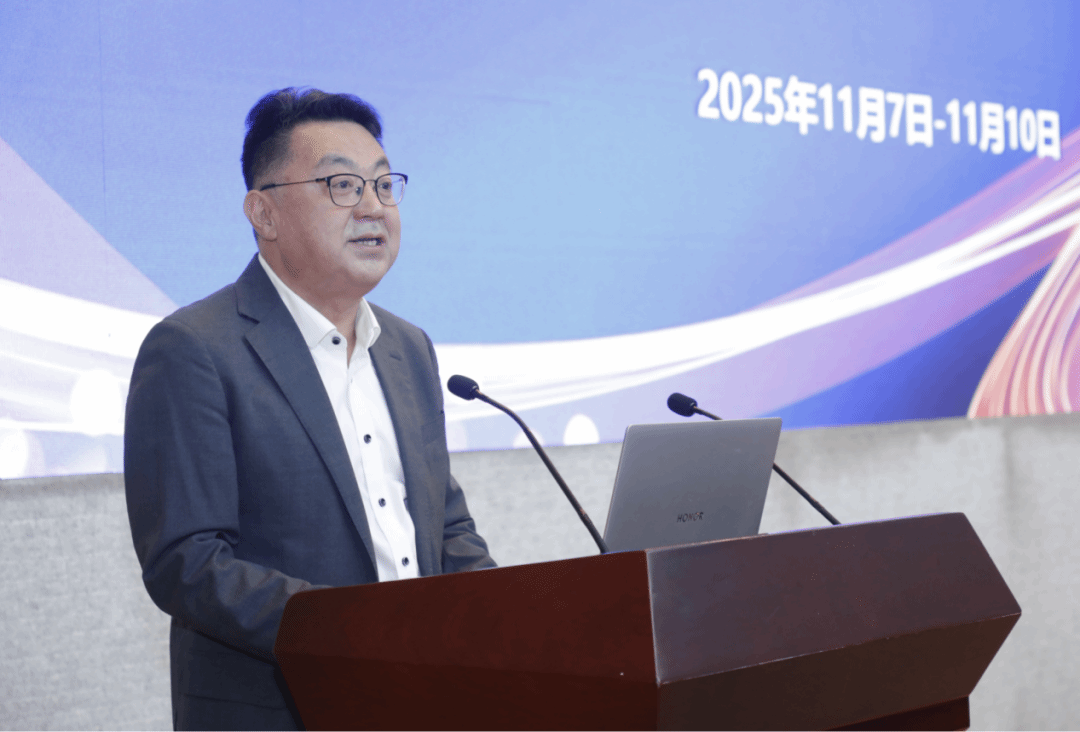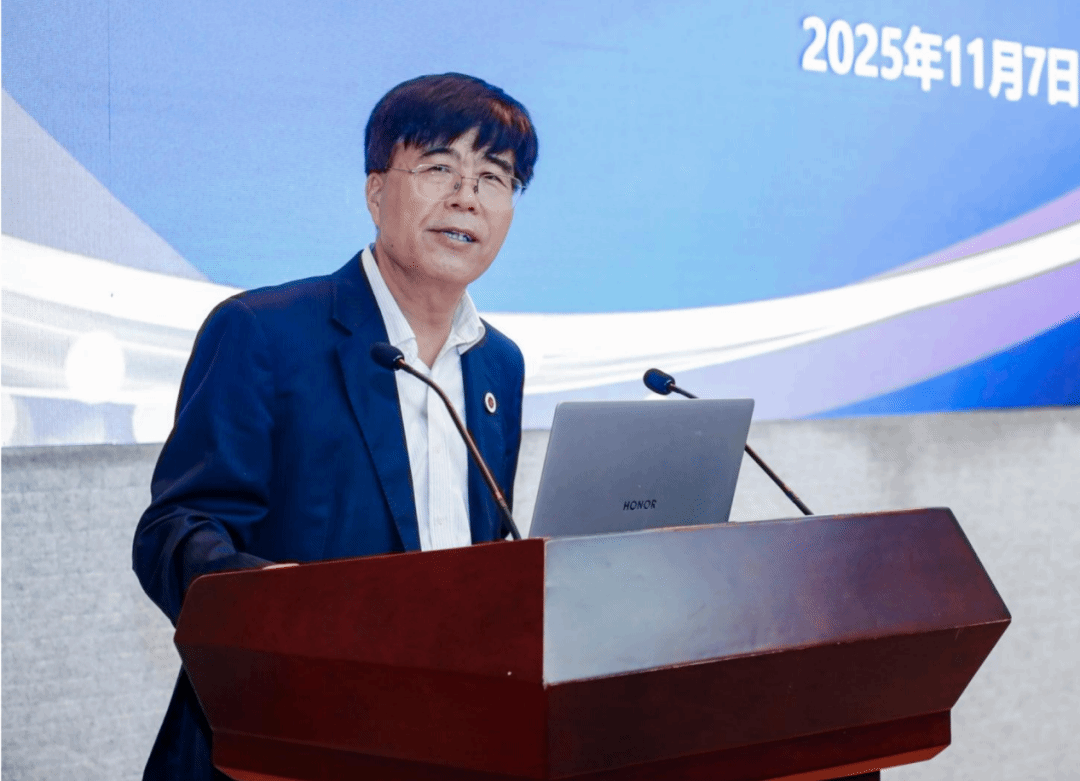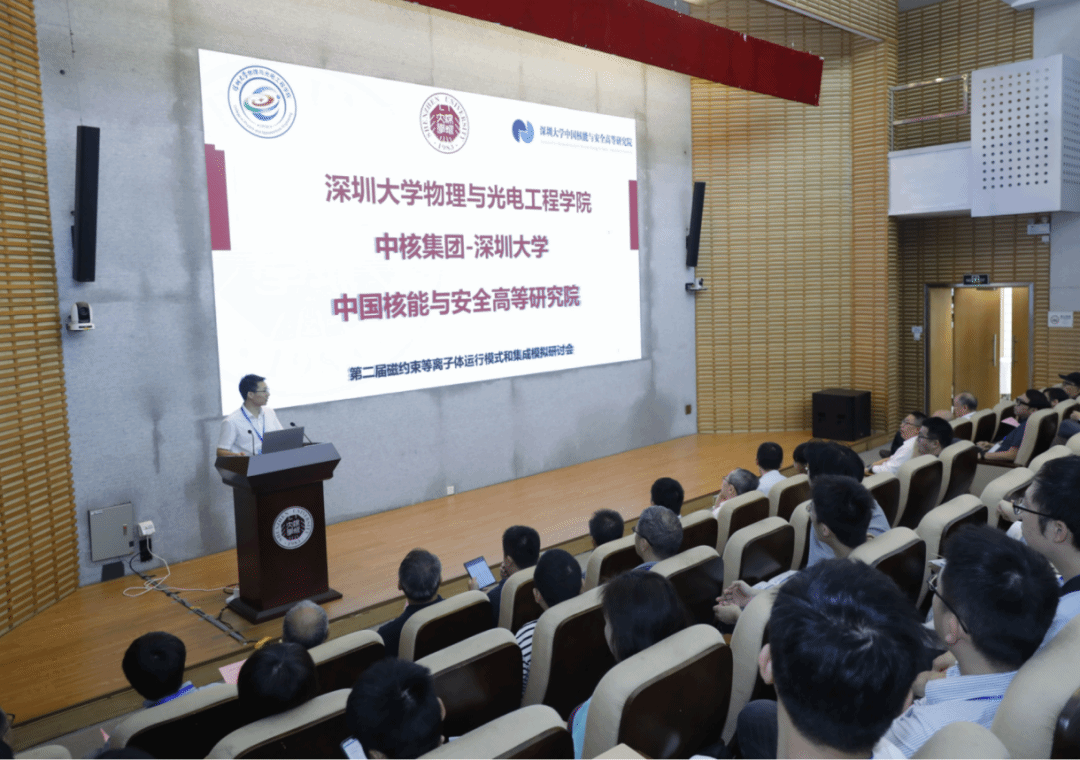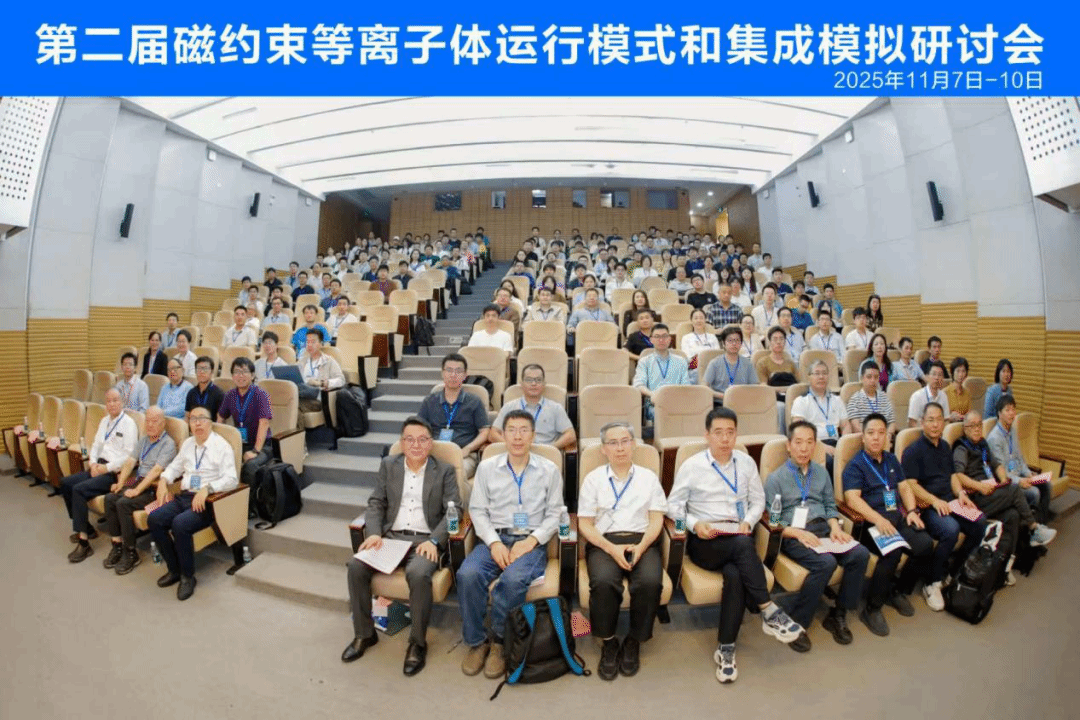From November 7 to 10, 2025, the 2nd National Conference on Magnetic Confinement Plasma Operation Mode and Integrated Simulation was successfully held at the Huixing Building of Shenzhen University. The conference was organized by the Plasma Physics Branch of the China Nuclear Society, hosted by the College of Physics and Optoelectronic Engineering of Shenzhen University, and the China Institute of Nuclear Energy and Safety, with Sun Yat-sen University as a co-organizer. The event attracted over 200 fusion experts and scholars from 20 universities and research institutions across China to discuss technological innovations and industrial integration in the field of magnetic confinement plasma operation and integrated simulation.The conference received strong support from the Shenzhen Municipal Science and Technology Innovation Bureau and the Nanshan District Government, with related leaders attending as guests. Professors Wang Yongcheng, Vice President of Shenzhen University; Liu Yong, Dean of the Graduate School and Director of CINS; Liu Liwei, Executive Vice Dean of the College of Physics; and Luo Jingtian, Vice Dean of the College of Physics, were also present as invited guests.
The 14th Five-Year Plan clearly outlines nuclear fusion energy as a forward-looking, future industry and a new economic growth driver. Magnetic confinement fusion is the core path for humanity’s exploration of “ultimate clean energy”, holding the mission of solving the energy crisis and achieving the “dual carbon” goals. This conference aimed to build a high-level academic exchange platform to promote deep cooperation and widespread communication in fusion research, accelerate the domestic development of integrated simulation technology, and explore new paths for experimental and theoretical fusion simulation.
The conference focused on nine key themes, including invited talks, oral presentations, and poster exhibitions. The opening ceremony was hosted by Dean Liu Yong, who warmly welcomed the domestic and international experts and scholars attending the conference. He emphasized that the conference being held in Shenzhen, the city of innovation, reflected recognition of Shenzhen University’s research strength and innovative vitality. The conference, centered on magnetic confinement fusion operation modes and integrated simulation, aimed to gather expert wisdom, showcase the latest research results, explore opportunities and challenges in fusion energy development, and contribute to the collaborative innovation and continuous breakthroughs in China’s controlled nuclear fusion efforts.

Professor Wang Yongcheng, Vice President of Shenzhen University, warmly welcomed the experts and scholars and pointed out that nuclear fusion, as a strategic energy for the future, has profound significance for the sustainable development of human society. He emphasized that fusion science is at a critical stage, transitioning from principle verification to engineering realization, and Shenzhen University places great importance on the development of fusion science and engineering, actively advancing cutting-edge research and talent cultivation. Professor Wang encouraged participants to engage in full discussions and exchange ideas to promote innovation and progress in China’s fusion science and engineering.

Conference Chair, Deputy Director of the Fusion Science Institute at Southwest Institute of Nuclear Physics and Chemistry, Chen Wei, congratulated the successful organization of the conference. He noted that global investment in fusion energy is rapidly increasing, marking an unprecedented strategic development opportunity for fusion research. He encouraged young researchers to embrace exploration and adopt emerging technologies such as artificial intelligence and big data to inject new energy and ideas into fusion research. He hoped that this high-level academic platform would bring together the wisdom of domestic and international experts, deepen academic exchanges and cooperation, and promote the innovation and application of plasma operation models and integrated simulation technologies, contributing to greater breakthroughs in China’s fusion energy sector.

Vice Dean Luo Jingtian introduced the development and construction of the College of Physics and CINS, highlighting the research and experimental platforms already established by both institutions. He explained CINS’s achievements in the field of nuclear fusion and emphasized the future expansion of research in magnetic confinement fusion. Vice Dean Luo called for closer collaboration between institutions and universities to jointly advance the “Shenzhen Magnetic Ring” toward the “Shenzhen Super Ring”, creating an internationally influential large-scale fusion science device in the Guangdong-Hong Kong-Macao Greater Bay Area, driving China’s fusion science research to higher levels.

The conference covered nine topics, including integrated simulation platforms and their domestic development, heating and current drive, transport and equilibrium analysis, operational parameter limits, L-H transition, transport barriers and scaling rates, as well as emerging fields like surrogate models (e.g., neural networks and machine learning) in integrated modeling, fusion reactor physics design, and burning plasma. The conference featured 13 invited reports, 18 oral presentations, and 50 posters, showcasing the latest research findings.

The successful organization of this conference holds significant importance for China’s nuclear fusion research. It has strengthened communication and collaboration among experts and scholars in the fusion field, advanced fusion research, and injected new momentum into the commercialization process of China’s fusion energy efforts.



![]() Add : No. 3688, Nanhai Avenue, Nanshan District, Shenzhen, Guangdong Province
Add : No. 3688, Nanhai Avenue, Nanshan District, Shenzhen, Guangdong Province ![]() Email : cpoe@szu.edu.cn
Email : cpoe@szu.edu.cn ![]() Phone: 0755-26538735
Phone: 0755-26538735 ![]() Fax : 0755-26538735
Fax : 0755-26538735